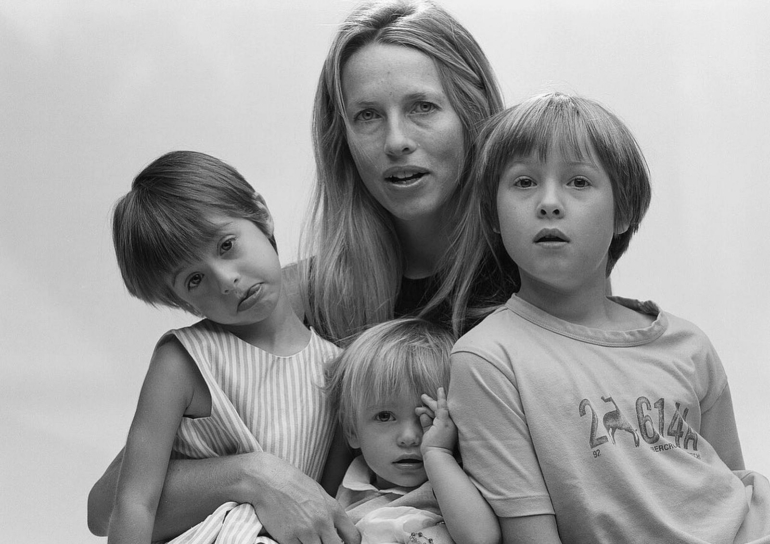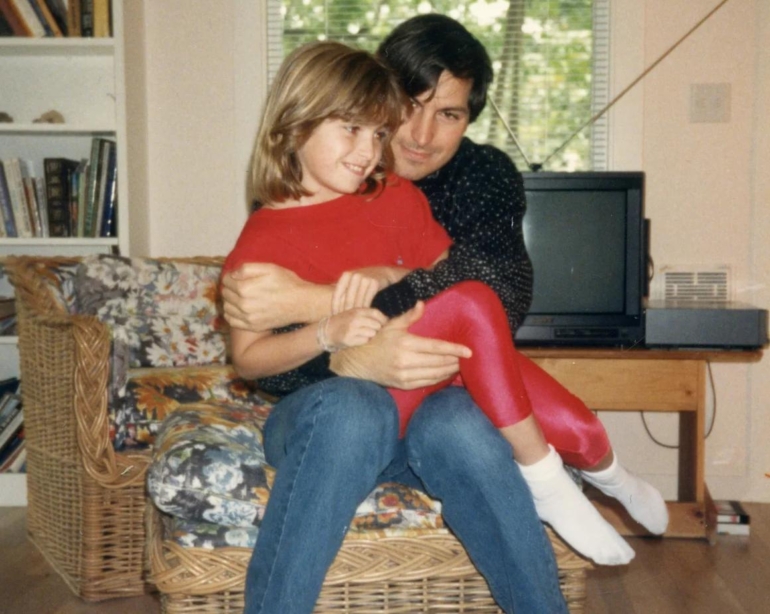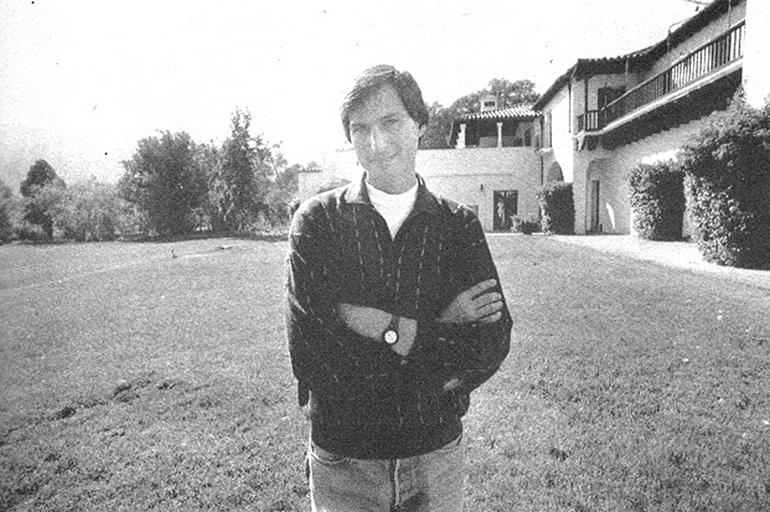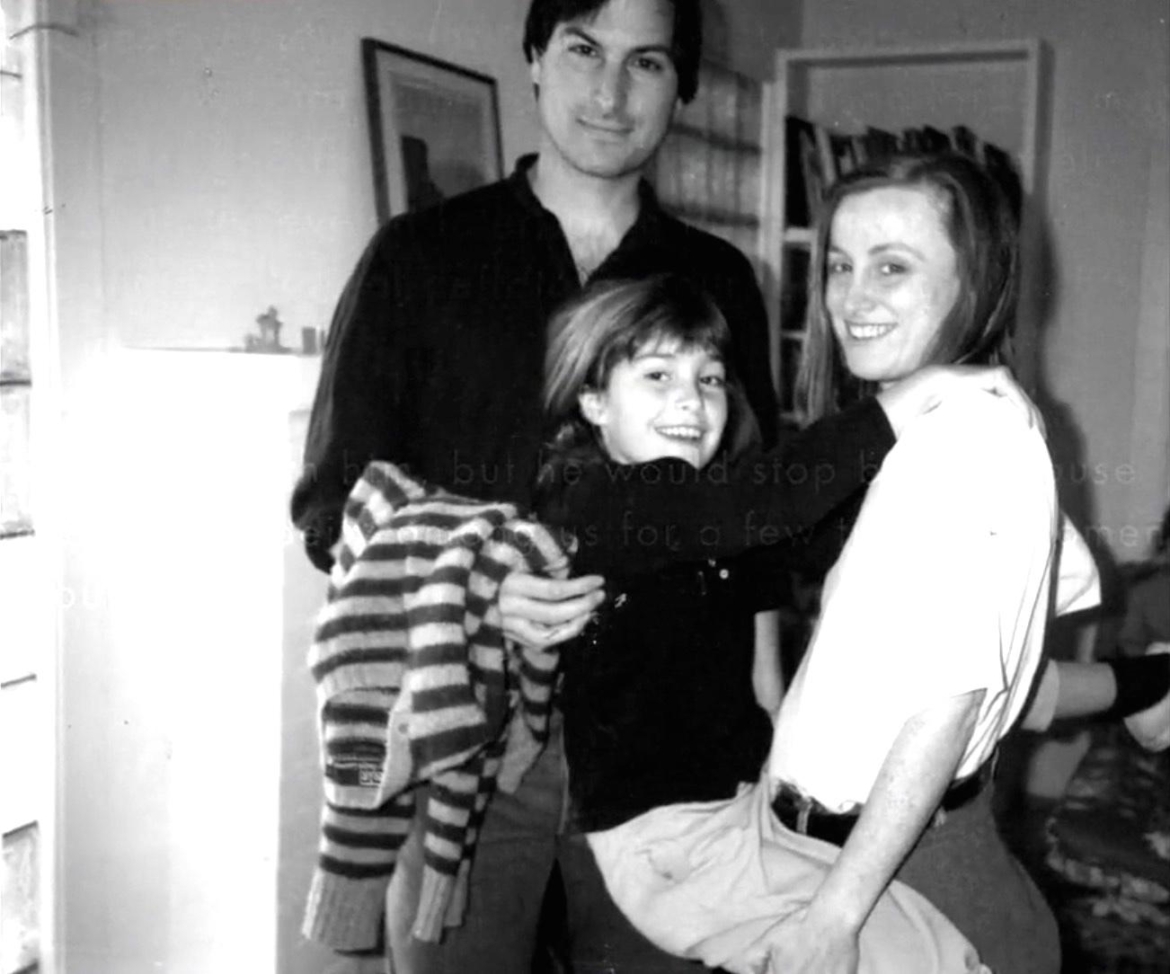When Steve Jobs was running Apple and the company’s first tablet was just hitting the shelves, technology reporter Nick Bilton asked him in late 2010, “So, your kids must love the iPad?” Jobs’ reply was unexpected: “They haven’t used it. We limit how much technology our kids use at home.” It’s a response that hits like a punch, especially coming from the man who created the iPhone, iPad, and Mac. One might assume that, just like his $140 million superyacht Venus, which was packed with Apple products (the $140 million vessel has a high-tech interior featuring Apple products, including 27-inch iMacs to navigate the wheelhouse), his home would be a shrine to technology. But the reality couldn’t have been more different.

Walter Isaacson’s biography Steve Jobs highlights this contrast. It stated, every evening, Jobs made it a point to have dinner with his family at their big, long kitchen table, where they would discuss books, history, and a wide range of topics. No one pulled out a screen, not even an iPad. Jobs prioritized meaningful conversations over gadgets.

Though he could be called a complicated parent, especially due to his rocky relationship with his daughter Lisa, from a previous relationship, Jobs evolved over time. With Laurene Powell Jobs and their three children, he became more present and intentional as a father. Together, they built a thoughtful and stimulating household. He placed high value on art, philosophy, and education, often engaging his kids in deep discussions rather than small talk.

This environment was shaped by a deliberate absence of devices. Screen time was heavily discouraged, and iPads were off-limits. Instead, Jobs promoted reading, creativity, and imagination. At home, he didn’t surround himself with Apple products, and in fact, he often avoided using them himself.

At a media conference in Southern California in 2012, musician Neil Young recalled speaking with Jobs about creating a music format that preserved audio quality better than compressed digital files. “Steve Jobs was a pioneer of digital music. His legacy is tremendous. But when he went home, he listened to vinyl,” said Young. “If [Jobs] had lived long enough, he would eventually have come up with such a device.”

Raised by Paul and Clara Jobs, a lower-middle-class couple, Steve’s early years were grounded in hands-on learning. His father, a machinist, taught him the basics of electronics and the value of craftsmanship. In their garage, Paul marked off a section of a workbench and told young Steve, “This is your workbench now.” Though Steve wasn’t interested in cars, he loved spending time tinkering beside his father. It was here, perhaps, that he first learned the joy of building things, a mindset that would later define the visionary within him.

